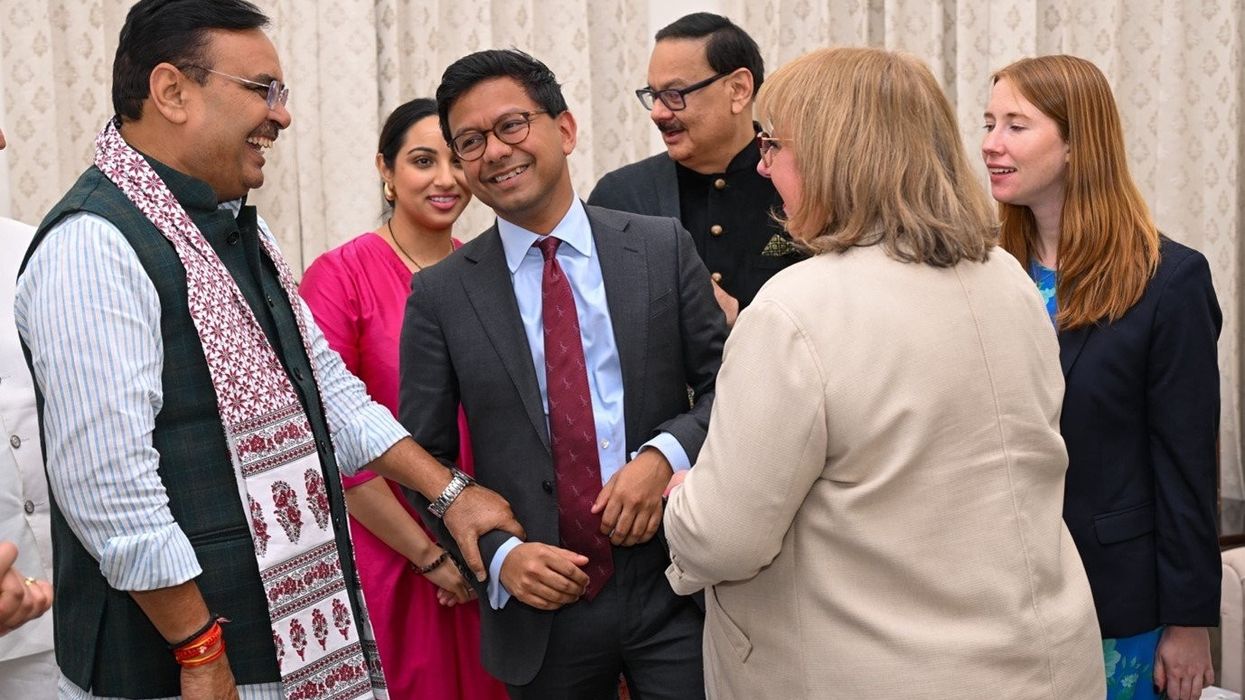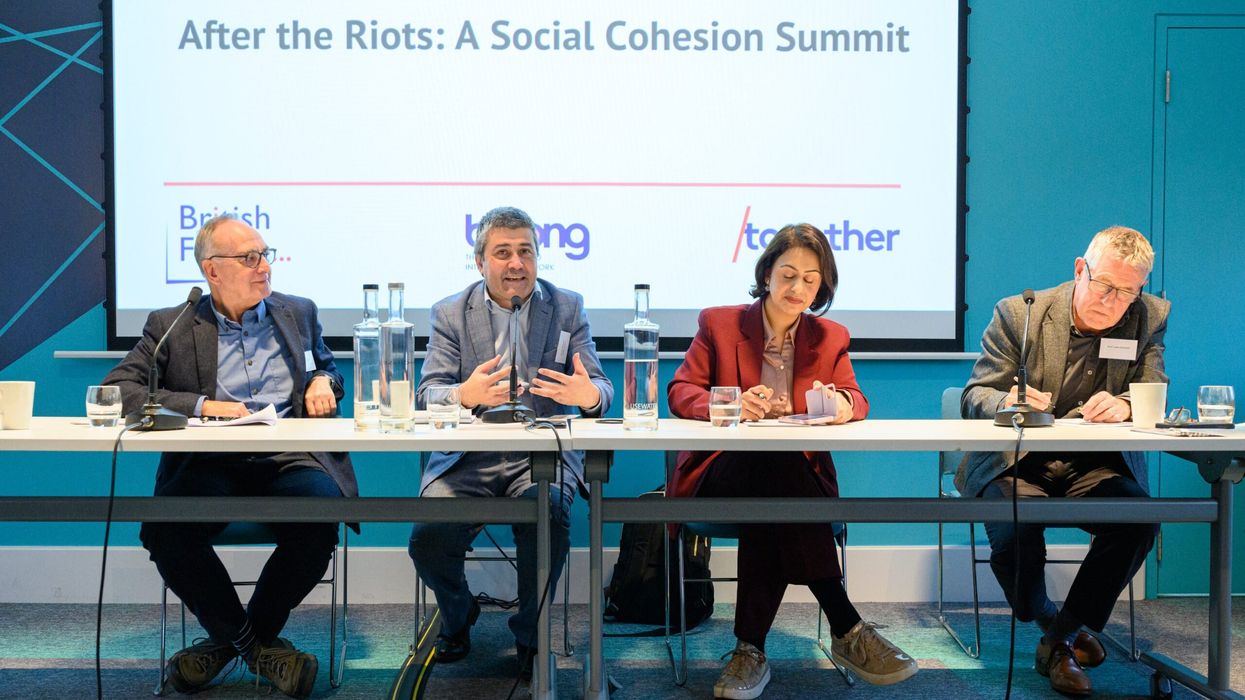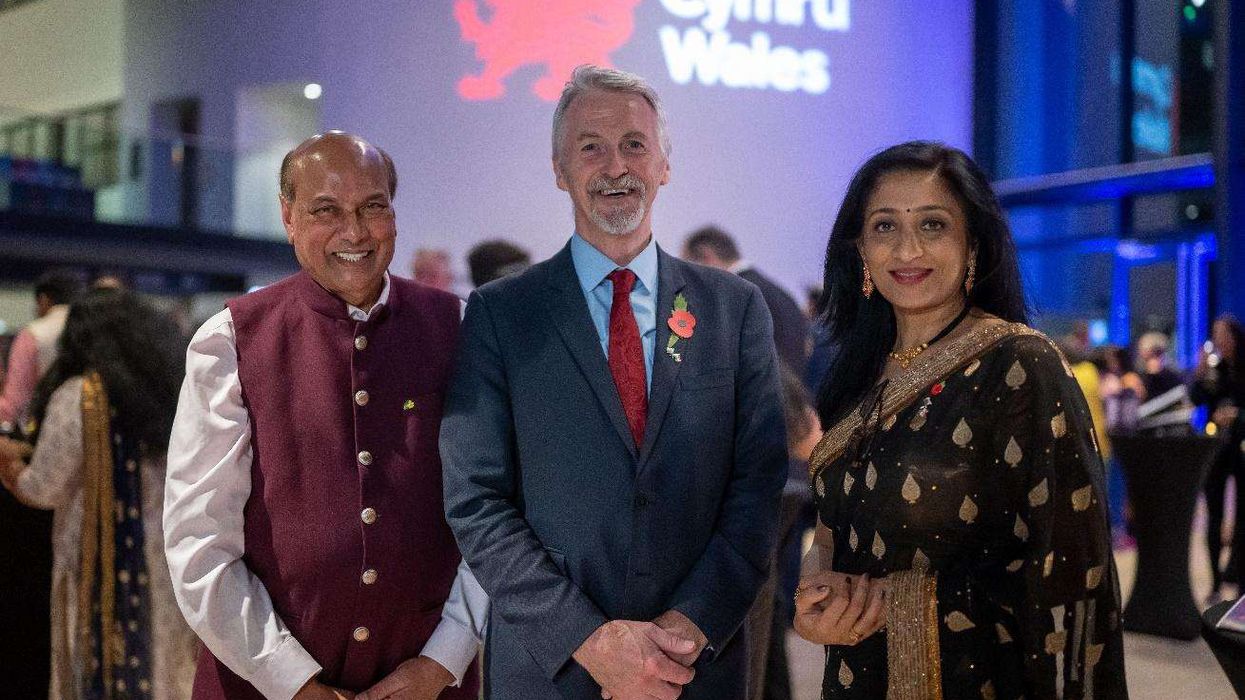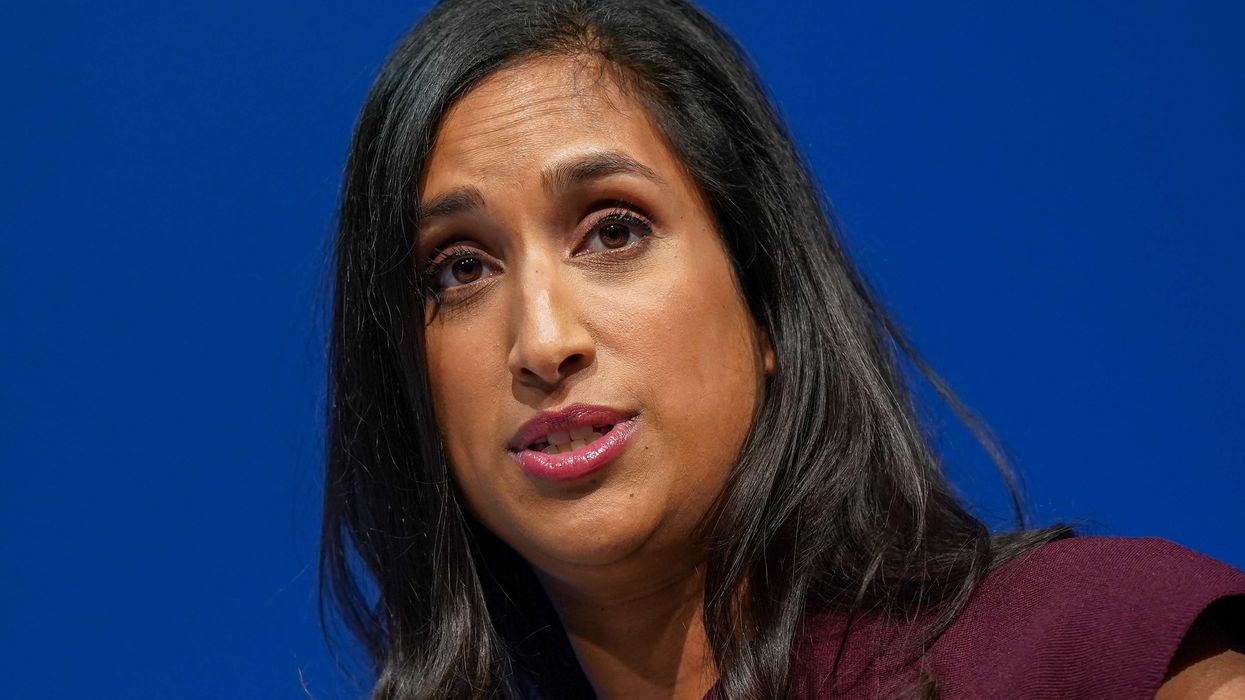ECB’S ACTION PLAN ‘WILL CHANGE BRITAIN’S CRICKETING CULTURE’
IT WAS as a boy growing up in the Great Horton area of Bradford as a first-generation British Asian that I first fell in love with cricket.
I remember playing with friends, family and neighbours in the streets around where I lived, but I never had the opportunity to experience the game live and we didn’t have a TV to watch cricket.
So you can imagine, the best part of 50 years later, how proud I am to be involved in the launch of the ECB’s South Asian Action Plan – a scheme that will cover so many areas of the game.
We can all look back on our lives and identify turning points. For me, it was being appointed as captain of the cricket team at Belle Vue Boys Grammar School. Life wasn’t easy as a young south Asian in the 1970s, but cricket gave me confidence, lots of enjoyment and kept me healthy and fit.
It helped me build friendships and eventually led to me being invited to play for the Manningham Mills Cricket Club by my PE teacher, Richard Noble, who remains a friend to this day.
While I was made to feel welcome at my mostly white village club, I never did quite fit in. Decades later, I still see the same challenges for young players – one in five south Asians still have trouble finding a place to play the game they love.
But I hope that is about to change with the launch of the South Asian Action Plan, which aims to transform the way that south Asian communities play, support and get involved in cricket in England and Wales. It has been created following hundreds of conversations with parents, coaches, players and teachers, each of whom have given us a true understanding of the barriers that communities currently face when trying to be part of cricket.
A third of recreational cricketers in this country come from south Asian communities, but only four per cent of professionals do. There are more than a million south Asian cricket fans, but although 40 per cent purchased tickets for the ICC Champions Trophy, significantly less do so for domestic matches.
To thrive, cricket needs to be a game that truly inspires and works for the benefit of all its communities. This plan sets out a number of recommendations for the recreational and the elite game, ranging from fan attendance to the culture and governance of the sport, ensuring we are marketing cricket to communities in the right way.
Setting up pilot Urban Cricket Centres in the next year is one of my favourite parts of the plan. Having a place where you can play cricket seven days a week, come rain or shine, winter or summer, is going to make an enormous difference in these urban areas. It’s something I wish I had growing up.
These centres go to the very essence of this plan, connecting people with other communities and getting many more young girls and boys, men and women, playing the game I love.
We want to get more kids playing cricket in schools, with the delivery of sessions to 6,000 primary schools in deprived urban communities nationally through Chance to Shine by next year.
But it’s not just children that we want to get playing cricket – we’re aiming to get tens of thousands of new female players involved in city softball leagues by next year.
And at the professional level, we want to not only award bursaries to talented young south Asian players, but also support the progression of BAME coaches working in the game by adopting the ‘Rooney Rule’ for all future ECB coaching roles.
I believe our plans can be truly transformative. Our long-term ambition is that in 10 years’ time, nobody will say “south Asian cricket” any more, but will be talking about cricket and people who love the game and contribute at every level from recreational cricket to the England team.
The creation of new cricket centres, pitches and leagues will not only just benefit one community, it will create more opportunities for boys, girls, mums, dads or grandparents across England and Wales to be part of cricket, whatever their community or background.
This plan is the beginning of a new, long-term way of thinking. I believe that many more can experience all the benefits that cricket has given me, a boy from Bradford with an unending passion for the game.
- Lord Kamlesh Patel is a senior independent director of the England Wales Cricket Board (ECB)













A whole new ball game